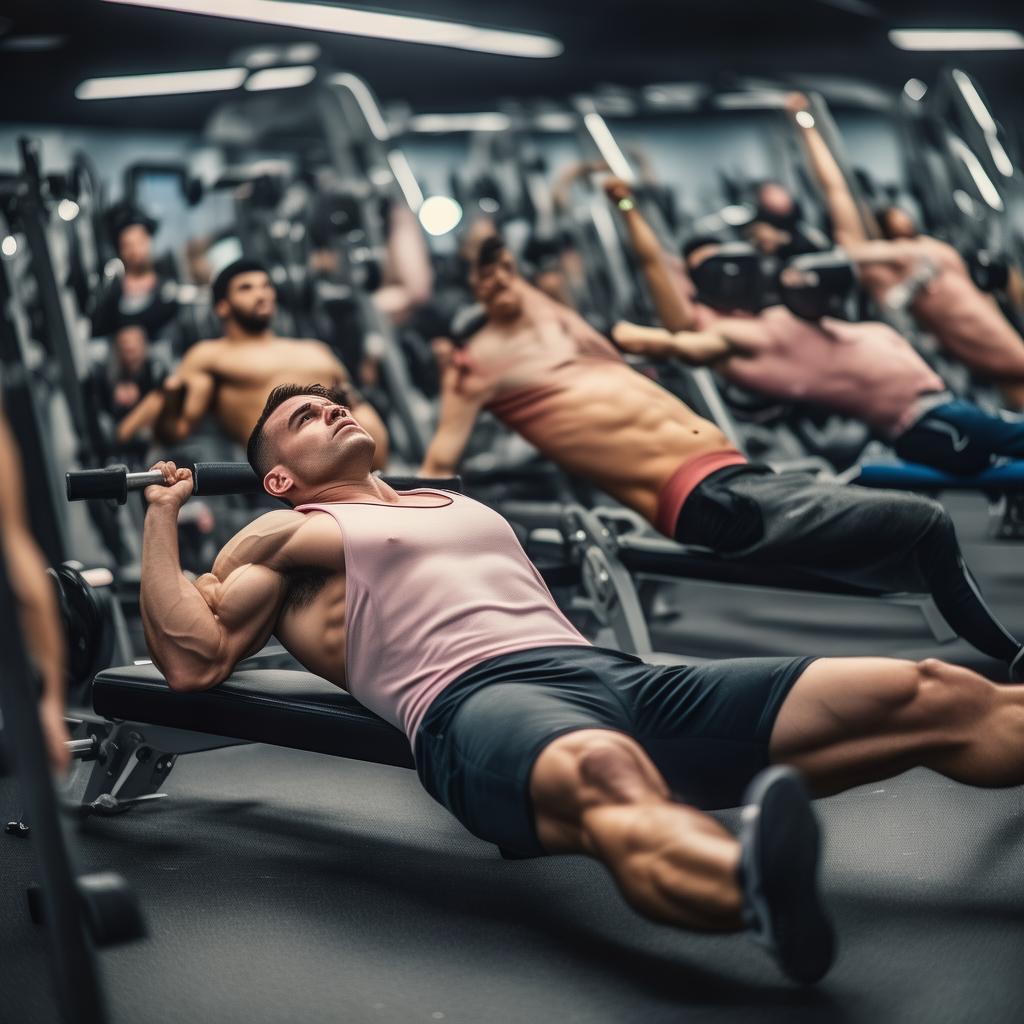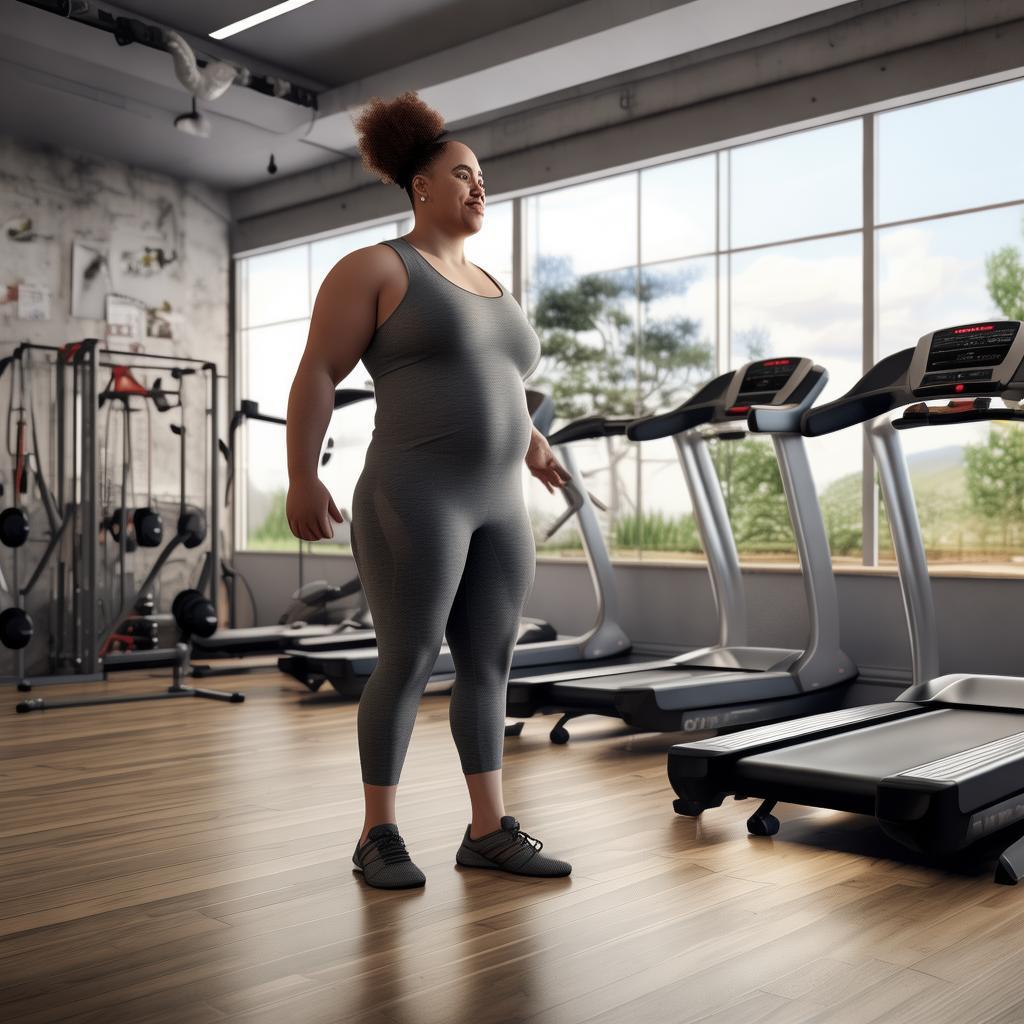Introduction
When it comes to chest training, we often see diverse results among different individuals. On the so – called international chest training day, some friends can lift 100kg but have thin pectoral muscles, while others who lift 80kg have much thicker pecs. Bench press is a common measure of training level, yet different partners get different outcomes. Is it due to wrong postures, improper weights, or incorrect arrangements? Training muscles according to our own understanding may sometimes be right, but other times we might be overlooking important advice. In fact, most men don’t build full – sized pecs effectively and may even waste more time. Here are three key things that most men don’t do or do wrong during chest training.
Elbow Position: A Crucial Aspect
The elbow position is of great significance, not only for chest training but also for almost any upper – body training. When it comes to pectoral muscle training, the amount of weight lifted is not the top priority; instead, the goal is to train full, thick, and balanced pecs. In all chest movements, the elbows should be spread 45 degrees from the sides of the body. In simple terms, the elbows should be open outward, not tucked in. Using a regular grip spacing helps prevent the so – called “suicide grip”. When the barbell stops at the chest, the upper arms (from elbows to shoulders) should form a T – shape relative to the body. It’s essential to do a good warm – up before bench pressing to avoid using excessive weight and pushing too low. This way, the bench press can be more effective.
Focus on Upper Chest Training
Many partners often make a mistake by adjusting the upper incline bench too high. The ideal angle for the upper incline bench is around 15 – 30 degrees. If the angle of the bench is limited and a higher angle has to be used, it should not exceed 30 degrees. The higher the angle, the more the anterior deltoid bundle will be involved, and it also puts the shoulder in a vulnerable position. Some people think that as long as the scapular position is correct, a higher angle is beneficial for training, but this is not accurate. Even with proper pecs training knowledge and correct scapular position, a lower incline is needed to activate the upper chest without over – engaging the anterior deltoid. Some partners also believe that a lower angle won’t stimulate the upper pectoral muscles enough, which is wrong. If the elbows are tucked in at any upper chest position, the anterior deltoid bundle will be more engaged. It’s better to train the anterior deltoid on shoulder training days and focus on the pectoral muscles on chest training days. Moreover, most plank and downward sloping hummer bench press machines make it difficult to open the elbows because the seat is usually set too low. For example, for a person 1.8m tall, the seat of the downward sloping hummer bench press needs to be set to the lowest position to open the elbows, which also explains why some shorter guys can lift more weight with these machines. Lifting heavier weights is more conducive to pectoral muscle growth.
Using the Correct Chest Movements
There is often an over – emphasis on the barbell or dumbbell bench press. This doesn’t mean that bench pressing is bad; it can indeed build big pecs, especially the dumbbell bench press which may be more beneficial due to its greater stroke. However, there are other useful chest training movements, such as the dumbbell flyer. Some may think it’s a useless “isolation” movement, but in fact, when muscles are in a stretched state, most muscle fibers feel the burn, and the dumbbell flyover can put the muscles in a stretched state more easily than the bench press. Dumbbell flyes also reduce the engagement of other muscles like the deltoids and triceps. When the elbows are open and the upper arms are in a position (from elbows to shoulders) slightly below parallel to the floor (this position remains the same whether the bench is flat, upward, or downward inclined), the dumbbell flyover can train the pecs through a more complete movement stroke. No bench press can cover the range of motion of the dumbbell flyer. You can film yourself doing flybys and bench presses and pay attention to the range of motion based on the elbows.
By focusing on these three key points of effective chest training, you may find that your once – stagnant chest training can make progress again. Don’t fall into training pitfalls. Know your own level, train the bench press correctly, identify your weaknesses, and break through them!





